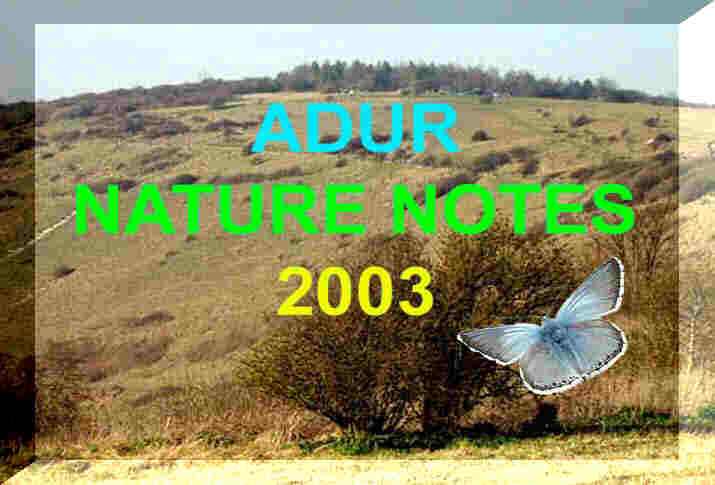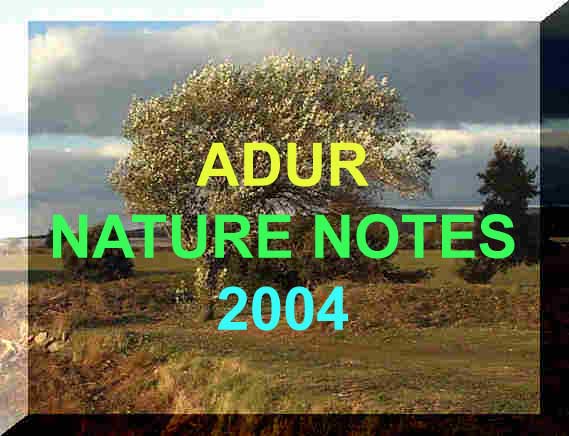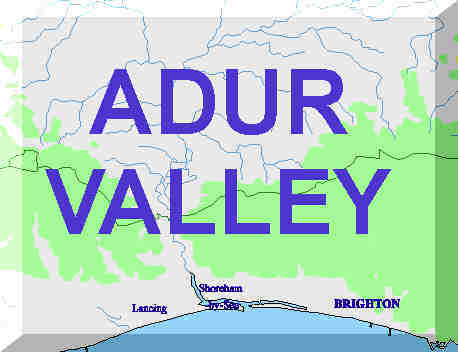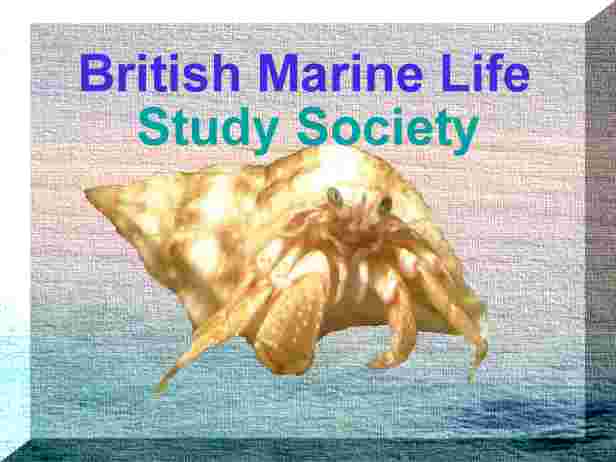|
January Wildlife Reports
Cuckoo's Corner, outlet of Ladywell
Stream, WILDLIFE
REPORTS 31 January 2004 A hawk was silhouetted for a brief
period in the branches of the Hawthorn (TQ 186 044) at the bottom of my south Lancing town
garden. It looked like a Kestrel
sheltering from the gales. 29 January 2004 Hearsay Report
by Brian Street (Shoreham)
A family of three Foxes were playing in the open field immediately to the north of the Waterworks House (and the wooded land that surrounded it) and could be seen from the ridge of Mill Hill. Report by Jan Hamblett (Lancing Nature)
Mill Hill
2004
A Barn Owl flew in the early morning light (7:20 am) over New Monks Farm, Lancing, near the Withy Patch layby. Report
by Richard Ives
on Sussex Ornithological Society
News
NB: There have been several
reports of this bird from different observers and it appears to be
a regular at dawn and dusk. Adur Levels 2004 Half a century of bird watching is celebrated in a new book by the Shoreham & District Ornithological Society. This anthology celebrates the society that was established in 1953 and is entitled "50 Years of Bird Watching". (Shoreham Herald Report) 28 January 2004 Two small flocks
of sea birds of birds whirled low over the sea
off Brooklands Boating Lake which was just beginning to
show sand. The swiftly flying flocks numbered about 200 and
they have seen before and not mentioned. They are almost certainly
Sanderling
which are seen over the sand at low tide and were recorded only five days earlier.
23
January 2004 Report by Bob Kent
(Lancing) on the Sussex Birds
Yahoo Group
18 January 2004
Report by Roy Bratton via
Ray Hamblett
(Lancing Nature)
on the
Adur Valley Biodiversity "Smart Group" 17 January 2004
The trees worked on were Poplars and the work carried out was basically pollarding. These trees are probably about 70 or 80 years old, and at an early stage they where reduced in height. This work has been continued every five or six years ever since. Once maintenance of is this kind established on a tree it is often not possible to allow it to become any higher as there is a weakness in the "knuckles" where the branches have been repeatedly cut back. 14 January 2004 12 January 2004 A flock of 20+ Chaffinches
(possibly Bramblings) in St. Mary de Haura Churchyard, New
Shoreham in the middle of the town centre was unusual.
Unfortunately, there were too many people and at the
first sign of disturbance they flew from the grass they were feeding
on into the shelter of the trees. This morning I
saw a Blackcap in my garden in
north Shoreham. It was raining heavily at the time.
It and a Robin were feeding
off berries close to the back door.
Amongst the prefabricated huts on Golden Sands Caravan Park, near Widewater Lagoon, Lancing, a female Black Redstart was recognised. This bird was not been recorded before on these Nature Notes pages and has probably been overlooked as the bird is plain in colour. This bird is usually a fairly common Winter Visitor. In the stroud by the Withy Patch, New Monks Farm, Lancing, the Jew's Ear Fungus, Hirneola auricola-judae, was beginning to turn gooey. There was another white fungus or lichen on the trunk of a living tree amongst the prevalent rotten wood. Adur Levels 2004 (with fungal images) 5 January 2004 As the Shoreham Harbour fog horn boomed, four Oystercatchers, Haematopus ostralegus, probed for worms amongst the mussel beds and sand on Kingston Beach at low tide. 3 January 2004 Six Purple Sandpipers were inside the west arm of Shoreham harbour entrance (on the Old Fort side) on a falling tide. If the tide is low these birds sometimes get on the square concrete platform just outside the base of the west arm. At high tide they sometimes roost on the wooden 'crash barriers' immediately opposite the blockhouse but again they were not there last time I looked at a high tide (and are pretty distant then anyway). Full Message on Sussex Birds Report by Richard
Fairbank (Shoreham Beach) on the Sussex
Birds Yahoo Group
2 January 2004  Caespitose amongst the grass
and tree roots on the Cokeham Reed Beds (west
Lancing) several orange-brown
mushrooms poked their caps above the leaf litter. Caespitose amongst the grass
and tree roots on the Cokeham Reed Beds (west
Lancing) several orange-brown
mushrooms poked their caps above the leaf litter.
Colin J has tentatively identified this species as Gymnopilus junonius. NB: This ID has NOT been confirmed
(just a possible).
I plumped for Tubaria furfuracea (AH), and Malcolm Storey (BioImages) thought it was more likely to be this species. Fungi of Lancing (Picture Portfolio)  Another similar
fungus was seen in the same location.
Malcolm Storey
has
suggested the strong possibility it could be
the Tawny Funnel
Cap? Lepista inversa
(=Clitocybe flaccida).
Message
(Link). Image
2. This second species (left) has pale
gills whereas Tubaria
has orange gills.
Another similar
fungus was seen in the same location.
Malcolm Storey
has
suggested the strong possibility it could be
the Tawny Funnel
Cap? Lepista inversa
(=Clitocybe flaccida).
Message
(Link). Image
2. This second species (left) has pale
gills whereas Tubaria
has orange gills. Fungi of the British Isles (Yahoo Group) Fungi of Shoreham (with images of Tubaria furfuracea) Recommended English Names for Fungi During a visit to a garden adjacent to the Cokeham Reed beds I was able to hear for myself the squealing call of a Water Rail. The call is regularly heard from this garden, the bird would have been at least 200 metres away, well concealed among the Phragmites australis Reed bed. A small flock of half a dozen Long-tailed Tits visited my south Lancing garden (TQ 186 044). A Wren was also seen amongst the undergrowth. 1 January 2004 The first birds for 2004 were fifty noisy Starlings in the Sycamore Tree in Corbyn Crescent (the one that survived the storm of October 1987) almost simultaneously a Herring Gull flew past. (TQ 224 055). Town & Gardens 2004 Urban Wildlife Webring With very little colour and green vegetation on the Downslink cyclepath, and patches of standing water and mud, sometimes the shyer birds make their presence known, but there was very little to see, Blue Tits were noticeable and a few Moorhens in the fields on the west side of the river next to Ladywell Stream (near Cuckoo's Corner, on the Coombes Road).  Clumps of Velvet Shank,
Flammulina velutipes fungus were growing on at least three trees to the north of Cuckoo's
Corner.
Clumps of Velvet Shank,
Flammulina velutipes fungus were growing on at least three trees to the north of Cuckoo's
Corner. This is a typical species of late autumn
throughout the winter. It is a remarkable species since it has its
own built in antifreeze and can go through frosts
unfazed and resume dropping spores immediately afterwards.
Indeed, its growth and spore production are
stimulated
by cold.
Fungi of Shoreham
(with more images)
Mill Hill 2004
(with new map)
MultiMap Aerial Photograph of the Adur Levels and Downs 
EMail Address for sending in wildlife reports from the lower Adur valley Only a selection will be included and only reports with the name of the reporter The old wildlife reports according to
habitat will
be archived.

The Shoreham-by-Sea
web site started on 1 January 1997.
|












